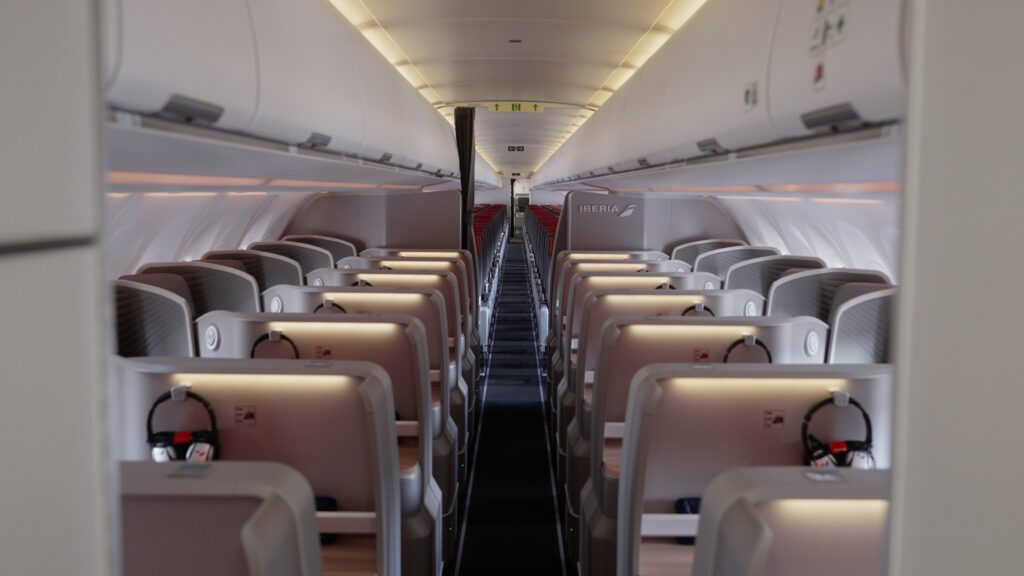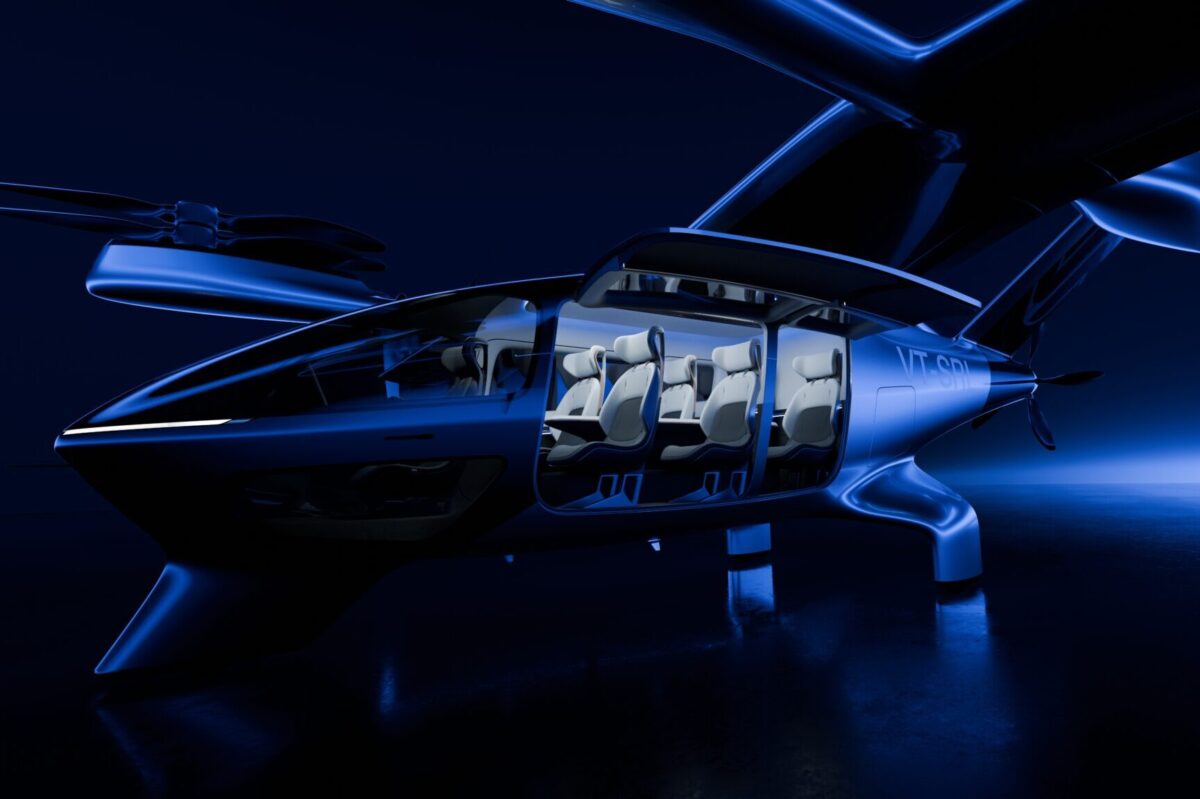This New Plane Is Putting Indianapolis Back on the Transatlantic Map

Skift Take
A low-key event in the German city of Hamburg is about to have a big impact on Indianapolis. On Wednesday, Airbus handed over the first two A321XLR planes to Irish national carrier Aer Lingus. The jets – notable for their “Xtra Long Range” – touched down at the airline’s Dublin base ahead of a commercial debut.
But what does an Irish airline collecting a plane from a German factory have to do with the U.S. state of Indiana? The answer lies in the economics of the new jet. Despite being a single-aisle narrowbody aircraft, the XLR can reach long-haul destinations. Think London to Delhi or Miami to Buenos Aires – all nonstop.
Its impressive 4,700 nautical mile range isn’t the only big selling point. The XLR has a unit cost similar to that of traditional twin-aisle models. This allows more profitable network expansion on routes that cannot sustain bigger aircraft.
From Ireland to Indiana
In the case of Aer Lingus, it’s using the new plane to boost capacity to existing transatlantic destinations, while adding two new U.S. cities to its route map.
From May 3, the carrier will fly nonstop from Dublin to Indianapolis four times a week using the A321XLR. With a scheduled flight time of more than nine hours, it’s a long journey on a relatively small aircraft.
The upcoming launch is a huge deal for Indiana’s capital. Delta’s aptly numbered ‘Flight 500’ – a nod to the city’s Indy 500 race – served Paris until 2020. However, the route did not return after the pandemic. This left the airport without nonstop transatlantic service and required transit connections via bigger hubs.
Aer Lingus’ XLRs have just 184 seats across business and economy class cabins. By comparison, the A330-200, its smallest widebody plane, has 266 seats. Filling an extra 82 seats, representing 44% additional capacity, can tip the profitability balance for secondary cities such as Indianapolis, particularly for off-peak travel.
Like TAP Air Portugal and SAS, Aer Lingus already operates the A321LR (that's Long Range) to destinations along the U.S. Eastern Seaboard. However, the XLR's extra mileage allows cities much deeper into the Midwest and Sun Belt regions to be served.
Nashville Joins the XLR Club
It isn’t just Indiana that’s about to benefit in 2025. Nashville is also due to receive long-haul air service with Aer Lingus using the new Airbus plane. At present, the Tennessee city’s only transatlantic flights are with British Airways to London Heathrow.
The new Dublin link starts on April 12 and will operate four times a week. It is complemented by Icelandair’s new route to Reykjavik that begins on April 10. Like Aer Lingus, Icelandair is using a single-aisle plane for the service. Its Boeing 737 Max seats just 160 passengers in a two-class configuration, illustrating the versatility of new-generation narrowbody jets.
Lynne Embleton, Aer Lingus CEO said the A321XLR will enable the carrier to “travel deeper into North America, offering previously unserved markets greater connectivity to Europe.” She confirmed that the airline is on target to expand its XLR fleet from two to six aircraft before the end of 2025.

A New Narrowbody Flagship
The delivery to Aer Lingus follows the maiden delivery to global launch customer Iberia.
Last month the Spanish flag carrier – which shares a parent company with Aer Lingus – inducted the XLR into its fleet. Iberia now uses the plane to connect its Madrid hub with Boston, with Washington D.C. to follow. Skift was onboard the first transatlantic flight and you can read our report here.
Latest Airbus sales data shows more than 500 confirmed orders for the XLR. Big names committed to the project include American Airlines, Qantas, and JetBlue. Earlier this year, IndiGo Airlines CEO Pieter Elbers told Skift about his ambitious strategy to link India and Europe with the new aircraft.
Boeing scrapped plans to build a direct competitor to the A321XLR in 2020, leaving the company almost entirely reliant on its troubled 737 Max program.





